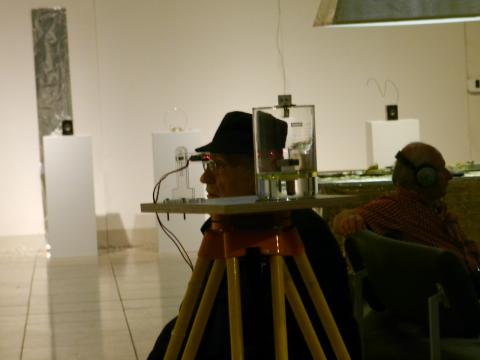In 1979 the Vienna-based Canadian artist Robert Adrian started using the I.P. Sharp telecommunicatiins network for art purposes. Access to this network had been organized by Bill Bartlett in the context of an event called Interplay. Bartlett had gained access to the network of the company I.P. Sharp Associates for the first time in 1978 through the Toronto based artist Norman White (cf. Shanken 2003. p. 61). In 1980 Bartlett organized he Artist's Use of Telecommunication conference at SF MOMA. Robert Adrian became a key figure in art & telecommunication projects and set up an Intercontinental Interactive Electronic Art Exchange Program - ARTEX (Grundmann 1984, p. 84) which became the organizational platform for many seminal art and telecommunication projects, such as The World in 24 Hours (Ars Electronica 1982) and Wiencouver I to IV. With the group Blix, Adrian organized a number of telephone concerts linking Vienna, Budapest, Warsaw and Berlin. In the second half of the 1980s Adrian started using Bulletin Board Systems and in the early 1990s began cooperating with young artists and technicians in Graz, Austria, launching the Zero project. Zero was an important induction for many artists into the world of telecommunications. In 1995, when many people were enthusiastic about the opening up of the WWW for public use, Adrian wrote the text "Infobahn Blues" which detcted the commercial overtones behind the rhetorc of the electronic Agora. In 2014 I interviewed Robert Adrian for a radio program on the topic of media art histories. On the occasion of his 80th birthday on February 22 2015, I edited this interview into this version which you find here, uncommented and cut only to exclude redundancies.
Submitted by Armin Medosch on

